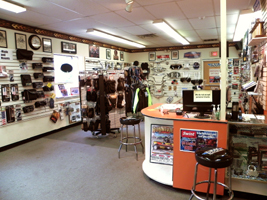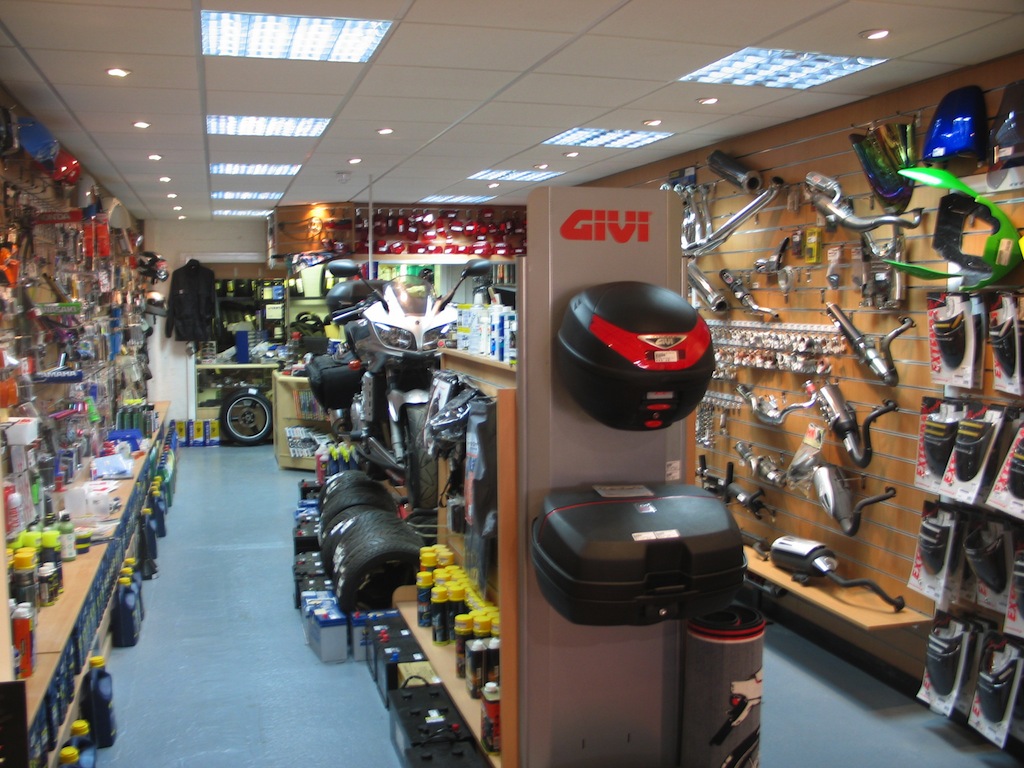Visit Our Motorcycle Shop for Professional Suggestions and Quality Products
Visit Our Motorcycle Shop for Professional Suggestions and Quality Products
Blog Article
Understanding Bike Gears: How to Optimize Your Riding Experience
In the world of motorcycling, understanding the art of equipment manipulation is important for boosting your riding performance. Effectively making use of and understanding motorcycle equipments can dramatically influence gas, velocity, and control effectiveness, transforming an average ride into a smooth, electrifying journey. By including specific shift timing and adjusting gear choice to different roadway problems, bikers can make certain optimal engine performance and security. The nuances of clutch control, throttle sychronisation, and equipment auto mechanics beckon a deeper exploration, promising to unlock the complete possibility of your machine. Just how can these methods be harnessed to truly maximize your riding experience?
Understanding Gear Mechanics
At the core of bike characteristics, equipment auto mechanics play a pivotal role in transforming engine power into motion, eventually dictating speed and control. The equipment proportions, thoroughly developed, establish the connection between engine revolutions and wheel turns, influencing acceleration and gas performance.
Recognizing equipment technicians starts with acknowledging the significance of the transmission, which houses several gears of varying dimensions. These gears connect with a process understood as meshing, where teeth of different gears engage to transfer power.
In addition, the principle of equipment changing is important to taking full advantage of performance. Smooth and timely shifts make sure that the engine operates within its optimal power band, stopping unnecessary stress and improving long life (mx gear nz). By comprehending these mechanical intricacies, bikers can attain a harmonious blend of performance, power, and control, raising their riding experience
Timing Your Shifts
Change timing mastery is important for enhancing motorbike performance and improving the riding experience. Effectively timed changes make sure that the engine operates within its optimal power band, which is vital for keeping control, accomplishing smooth velocity, and making sure the durability of the bike. Cyclists must create an user-friendly feeling of when to shift equipments, which includes recognizing the relationship between engine changes per minute (RPM) and rate.
To grasp change timing, pay close attention to the engine's noise and feel, as these supply vital ideas about when to transform gears. When the engine comes close to the top array of its power band without getting to the redline, the optimal shift point typically happens - motorcycle shop. Shifting too early can result in an absence of power, while shifting far too late may cause unneeded engine pressure
Additionally, roadway problems and riding style impact change timing. In contrast, throughout freeway riding, fewer shifts at higher rates can be more appropriate.
Enhancing Fuel Effectiveness
While understanding bike gears is important for efficiency, enhancing fuel efficiency is equally vital for both financial and ecological reasons. Optimal gas usage not just minimizes operational costs yet likewise reduces the environmental footprint of riding. To accomplish this, one have to understand the intricate connection in between gear choice and engine performance.
First of all, selecting the appropriate equipment at suitable speeds can significantly impact gas consumption. Riding in a higher gear at lower speeds can result in engine hauling, which is detrimental to both fuel economic climate and engine wellness. On the other hand, riding in reduced review gears at broadband causes unneeded gas usage. Therefore, maintaining an ideal equilibrium by shifting gears abreast with roadway conditions and anticipated maneuvers is essential.
In addition, normal upkeep plays a critical function in fuel effectiveness. Ensuring that the motorbike is well-tuned, with tidy air filters and effectively pumped up tires, can reduce and boost aerodynamics gas wastefulness. Taking on a riding design that accepts progressive velocity and smooth slowdown can add to better fuel economy.

Strategies for Smooth Transitions
Attaining smooth equipment transitions is fundamental to boosting the riding experience and making sure the long life of a motorcycle's transmission system. Proper equipment shifting not just adds to a smooth experience but also decreases wear and tear on the mechanical components. To master the art of smooth shifts, cyclists need to concentrate on a few vital methods.

Secondly, clutch control plays a pivotal duty. Involving and disengaging the clutch efficiently needs practice. The clutch lever ought to be released gradually, permitting for a seamless transfer of power from the engine to the wheels without causing a jolt or sudden activity.

Adapting to Road Conditions
Navigating varied road conditions is an important skill for any kind of motorcyclist aiming to keep control and safety. Whether you're riding on wet surface areas, gravel roadways, or navigating sharp turns, your capacity to adapt your gear use and riding technique is extremely important. Recognizing exactly how to readjust your equipments properly can substantially impact traction and stability, making sure a more secure journey.
On damp roads, it is a good idea to maintain greater equipments to reduce torque and lessen wheel spin. This strategy aids maintain grasp on unsafe surfaces, enabling smoother acceleration and slowdown. On the other hand, when riding on crushed rock or unequal surface, reduced gears are better. Reduced equipments offer far better control and allow you to react even more swiftly to unforeseen changes in the road surface area.
Sharp curves require precise gear monitoring to stabilize rate and control. Downshifting prior to entering a contour can help keep energy while guaranteeing the motorcycle continues to be stable throughout the turn. Consistent technique in different problems enhances your capacity to respond and predict to adjustments in roadway texture and slope.
Final Thought
Mastering bike gears significantly enhances the riding experience by improving fuel, acceleration, and control effectiveness. Adjusting gear selection to various road problems, such as using greater gears on wet surface areas and reduced gears on gravel, additional enhances handling and safety.
Comprehending gear technicians starts with recognizing the significance of the gearbox, which houses numerous equipments of varying dimensions. These equipments communicate via a procedure recognized as meshing, where teeth of different gears engage to transmit power (motorcycle parts nz). Mild adjustments to the throttle during gear shifts can prevent jerky activities and maintain a consistent riding rate
Whether you're riding on damp surface areas, gravel roads, or browsing sharp turns, your capability to adjust your equipment use and riding method is paramount. Adapting gear option to different roadway conditions, such as making advice use of higher gears on damp surfaces and reduced gears on crushed rock, additional enhances handling and safety and security.
Report this page